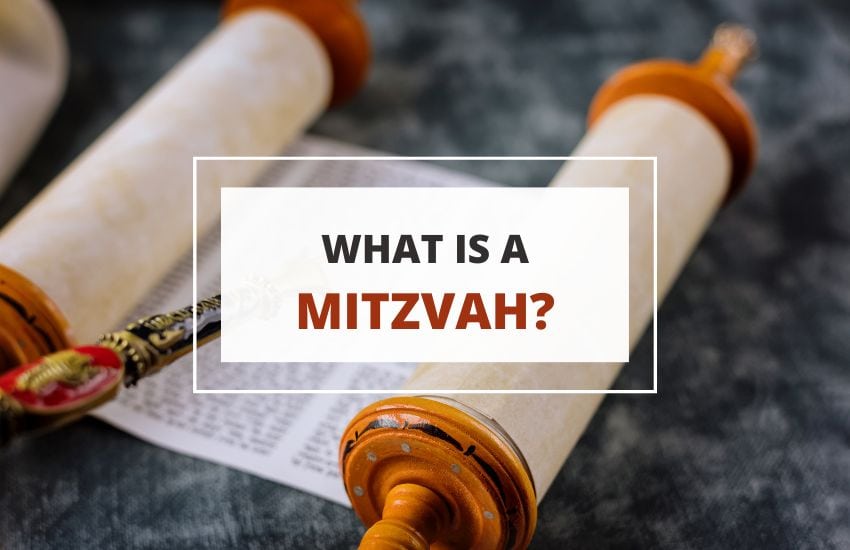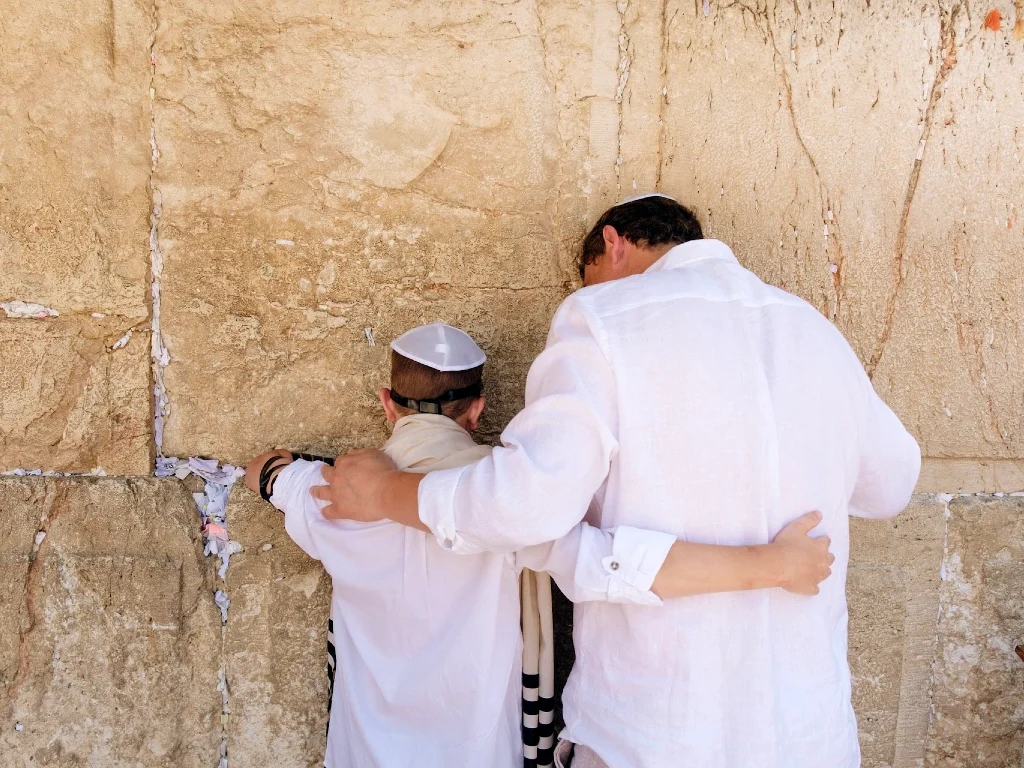
Table of Contents
As one of the three Abrahamic religions, together with Christianity and Islam, Judaism shares many similarities with them. Yet, as both the oldest and the smallest of the three, in terms of the total number of practitioners, Judaism contains terms and concepts core to the faith that the wider public isn’t familiar with. One such concept is the mitzvah (or plural mitzvot).
While the literal meaning of the word mitzvah is a commandment, it also represents good deeds. If you’ve been wondering what is a mitzvah or if you just want to learn more about Judaism as a whole, let’s go over the meaning of the divine commandments of the Hebrew faith here.
What Is A Mitzvah?

Quite simply, a mitzvah is a commandment – that’s what the word means in Hebrew and that’s how it’s used in the Talmud and the rest of Judaism’s holy books. Similar to the Ten Commandments of Christianity, the mitzvot are the commandments God has given to the Jewish people.
There is also the second auxiliary meaning of mitzvah as in “the act of fulfilling the commandment/mitzvah”. There are also many differences between a mitzvah and a commandment, as seen in Christianity. For example, in the Hebrew Bible, the Ten Commandments are also mitzvot but they are not the only mitzvot.
How Many Mitzvot Are There?
The most common number you’ll see cited is 613 mitzvot. Depending on who you ask and how you look at it, however, this may or may not be seen as accurate but it’s the number accepted by most religious traditions in Judaism.
The number is a bit controversial because there actually aren’t 613 mitzvot in the Hebrew Bible. Instead, that number comes from the second-century CE sermon of Rabbi Simlai, where he said:
“Moses was instructed to give 613 injunctions to the people, viz. 365 precepts of omission, corresponding to the days of the solar year, and 248 precepts of commission, corresponding to the members (bones) of the human body. David reduced them all to eleven in the fifteenth Psalm: ‘Lord, who shall abide in thy tabernacle, who shall dwell on thy holy hill? He that walketh uprightly.’”
Rabbi Simlai
After that, Simlai goes on to say how the prophet Isaiah reduced the mitzvot to six in Isa 33:15, the prophet Micah reduced them to just three in Mic 6:8, Isaiah then reduced them again, this time to two in Isa 56:1, until, finally, Amos reduced them all to just one in Am 5:4 – “Seek ye me, and ye shall live.”
The takeaway here is that the number 613 seems to just be the sum of 365 (days of the year) and 248 (bones in the body) which Rabbi Simlai seems to have thought was significant – one number for the negative mitzvot (the don’ts) and the other for the positive mitzvot (the dos).
With lots of other mitzvot and numbers constantly thrown around in the Hebrew holy books, however, there still is – and likely always will be – a dispute over the actual number. For example, Abraham ibn Ezra claimed that there are over 1,000 mitzvot in the Bible. Still, the number 613 has remained core to most rabbinical traditions likely because of its historical significance.
What Are The Rabbinic Mitzvot?

The mitzvot mentioned in the Hebrew Bible, the Talmud, are called mitzvot d’oraita, the Commandments of Law. Many rabbis, later on, wrote additional laws, however, known as the Rabbinic Laws, or the Rabbinic mitzvot.
The argument for why people should follow such laws even though they aren’t directly ordained by God is that obeying the rabbi is itself ordered by God. So, many practicing Jews still follow the Rabbinic mitzvot as they would any other mitzvah in the Talmud.
The Rabbinic mitzvot themselves are as follows:
Read the Scroll of Esther on Purim
- Construct an eruv for carrying stuff in public areas on Shabbat
- Ritually wash your hands before eating
- Light the Hanukkah lights
- Prepare the Shabbat lights
- Recite the blessing in honor of God before certain enjoyments
- Recite the Hallel psalms during holy days
Other Types Of Mitzvot
Because of how many there are and how many things they apply to, the mitzvot can be divided into many other categories too. Here are some of the more famous ones:
- Mishpatim or laws: These are commandments that are seen as self-evident, as the axioms of Judaism such as do not steal, do not murder, and so on.
- Edot or testimonies: Those are mitzvot that commemorate specific historic events, usually holy days like the Sabbat that mark some anniversaries and how to instruct people how to act on them.
- Chukim or decrees: Those commandments that the people don’t fully know or understand the logic of but that are seen as the manifestations of God’s will.
- Positive and negative commandments: The 365 “Thou shalls” and the 248 “Thou shall nots”.
- Mitzvot designated for specific classes of people: Some for the Levites, for the Nazarites, for the priesthood, and so on.
- The 6 constant mitzvot as listed by Sefer Hachinuch:
Wrapping Up
While all this might seem confusing, simply put, the mitzvot are the commandments or religious laws of Judaism, just as the Ten Commandments (and many other commandments in the Old Testament) are the law for Christians.
Given how long ago many of the Hebrew holy books were written, deciphering and categorizing some mitzvot can be tricky, but that’s why the job of the rabbi isn’t easy.
For more information on Judaism, check out our other articles:








